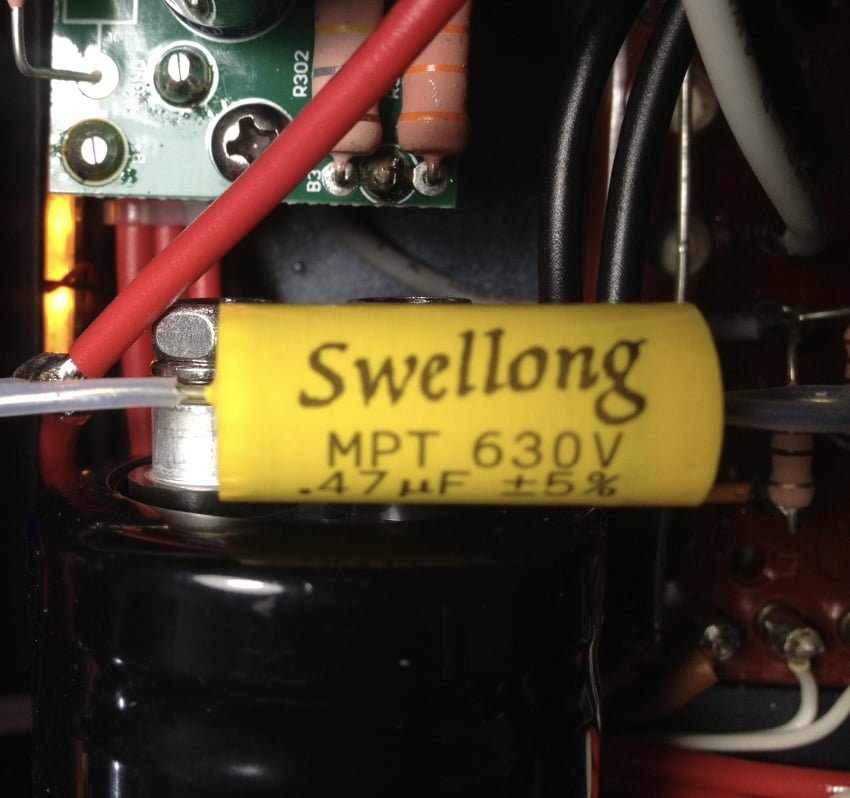No, but this is typical of comments people find online.
NOTE: DIY electronic equipment repair attempts generally significantly increase the risk of damage, introduction of additional faults and electrocution. Stay safe and if in doubt, take your equipment to a professional.
Dunning-Kruger
The Dunning-Kruger effect is where people significantly overrate their knowledge of topics they’ve learned little about, and usually from a variety of untrustworthy sources. Public forums are a breeding ground for this and many come unstuck by relying on them.
One cannot expect to know much about anything, let alone a complex technical topic, after just a few hours of reading. Again, if in doubt, seek a professional, and note that professionals doing commercial work don’t hang out in public forums!
Example
Capacitors are one of many poorly understood topics in electronics, with ‘recapping’ being right up there. A reader’s comment on an article I wrote about the wonderful Kenwood KD-500 turntable prompted me to write this FAQ. Let’s examine this and then break it down a little:
A simple fix can be changing any electrolytic caps.. Always good to remove then and check there [sic] capacitance. 10% below should be changed.
Mark
Breakdown
Mark’s statement is incorrect. Not only will not help the original commenter fix his turntable, it will most likely lead to the owner damaging and devaluing his turntable, and it will still have speed issues after all that. I understand the causes of the speed issues with these turntables and they are not capacitor-related.
I replied as follows:
Thanks for your comment, Mark. I appreciate trying to assist others, but given that your comment highlights general misinformation regarding technical electronics repair and only encourages capacitor replacement rather than finding and fixing the issues, it’s helpful if I explain why.
Capacitors are much maligned and poorly understood. Capacitors should be checked, but rarely cause speed issues with these decks. New caps are typically specified to be within +/- 20% of rated capacitance, like these excellent Panasonic parts: https://industrial.panasonic.com/cdbs/www-data/pdf/RDF0000/ABA0000C1209.pdf.
A reading within +/- 20% is within new part specs and measurement error. Replacing capacitors that measure within 10% of spec is not only a waste of time and money, but it will not fix anything unless those parts also have a measurably very high ESR.
Most end-users also don’t have the test equipment needed to make these measurements accurately, nor the experience to interpret the results and therefore should not remove or change parts they cannot properly measure and assess.
Liquid Mike
Did You Know?
Did you know that brand-new capacitors typically measure low for C and high for ESR? There’s nothing wrong with them, they need to reform, the process that happens when they are first charged. According to the commenter’s theory, even brand-new capacitors that have sat for a while should be thrown away. This is, of course, incorrect.
Capacitors can fail and must be replaced when they do. They can also be replaced to significantly improve performance, depending on their role in a circuit. However, a 10% variance from rated spec does not constitute failure and may be within the measurement error of the typically ordinary test gear most owners will have access to.

TLDR
All too often, people bin perfectly good parts and replace them with inferior parts, trying to solve problems that are not even caused by those parts. ESR is a more important parameter than C in terms of capacitor health. Proper lab-grade test and measurement equipment is needed to properly test capacitor parameters, equipment most people do not own.
Replacing parts can cause circuit board damage and introduce new faults. This is especially for those working with cheap soldering and re-work tools, ie people who probably shouldn’t be doing the work. Again, glancing through the Hall of Shame provides ample evidence of this flawed approach.
Discover more from LiQUiD AUDiO
Subscribe to get the latest posts sent to your email.
